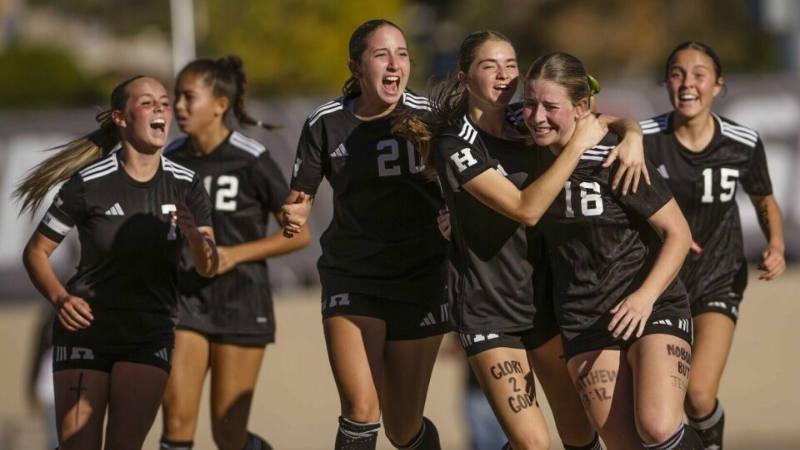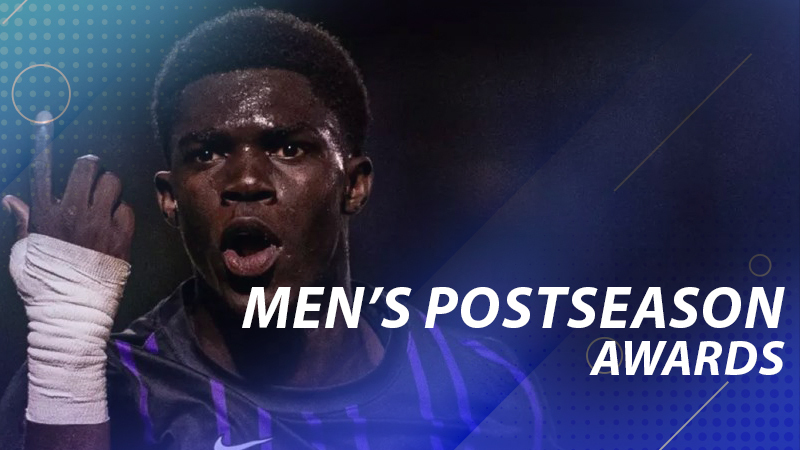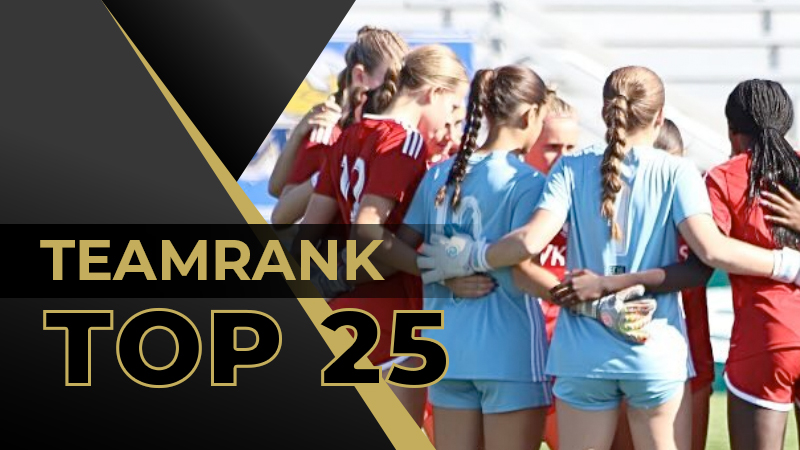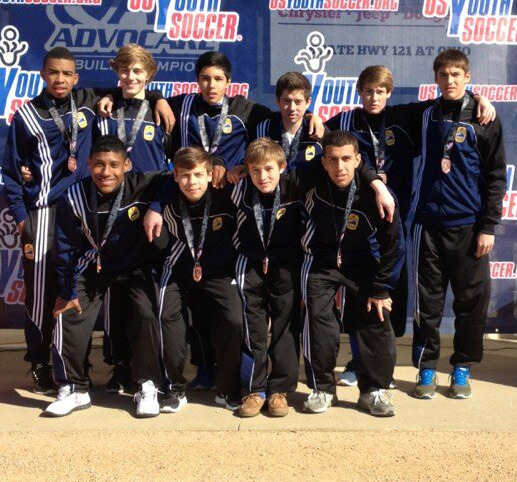 Virginia boys ODP side
Virginia boys ODP sideThe role of ODP in American youth soccer
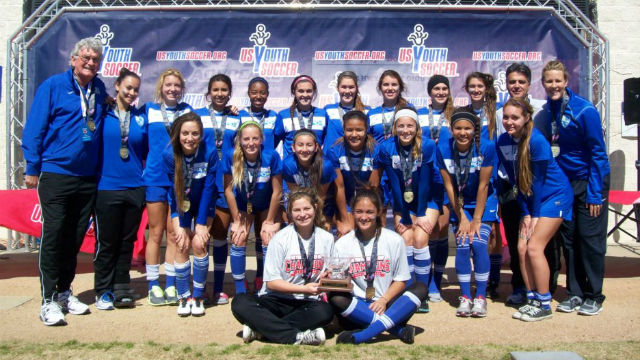
FRISCO, Texas – In the ever-changing youth soccer landscape of the country, the role of the Olympic Development Program is one that comes to the forefront every time the National Championships are contested.
The aging program, which turns 36 this year, certainly has its place among soccer development in this country, but with the rapid rise of the Elite Clubs National League and US Soccer Development Academy, ODP’s viability as a major tool of advancing young soccer players comes more into question every year.
 Virginia boys ODP side
Virginia boys ODP sideOpinions on the program differ wildly depending on who you talk to, both on and off the record and it’s not difficult to see why.
In watching games throughout the weekend down in Frisco, the quality of play varied significantly depending on the team you watched. Some games left plenty to be desired in the standard of play, while others were thrilling encounters vital to the development of young players.
“There are a handful of good D1 players, but it’s different than the academy,” SMU men’s soccer assistant coach Kevin Hudson told TopDrawerSoccer.com. “But there are still players here that don’t have access to the academy that are still with smaller clubs that are definitely worth your time.”
It does seem from watching the boys games that the standard on display does not match what you see throughout the Development Academy, but perhaps that’s not the aim of ODP.
“For me, this is about giving kids an opportunity,” said Cal South ’97 coach Steve Hoffman. “This does, for these kids, what it’s supposed to do. Identify them for potential national teams to look at and to play at the next level in college. We’re not going to cry about it…I don’t see any negative about it. Our job in the ODP, in my opinion, is going deeper into the communities and going where we never went before. Why? Because U.S. Soccer is now challenging us. But that’s good.”
On the girls side, however, ODP seems to be in very healthy shape. Coaches from Division 1 colleges were few and far between lining the field at the boys games, but elite-level matches from the ’96 and ’97 girls had representatives from schools like TCU, Missouri and Texas Tech closely watching the talent. The Cal South teams were loaded with girls committed to big D1 schools dazzled throughout the weekend taking home the championships and proving that you get out of the competition what your state’s federation puts into it.
“I think [the quality] varies from state to state depending on the kids and how the state runs the program,” TCU women’s assistant coach Kelsey Davis said.
There is a unique appeal of the ODP tournaments, according to Davis, and that is getting to see players in high-level games outside of their comfort zone.
“With club teams, there’s a level of comfort there that’s important,” said Davis. “But in ODP you see their level to adapt to a different style of play or different players that they’re not really familiar with.”
There certainly seems to be a need for tweaking of the ODP system to keep it relevant in US Soccer, but then is it ever a bad thing to get more games for more players?
“Maybe all the best kids are not in our programs anymore,” said Hoffman.
“But the kids that are in the programs [who excel] end up at this place and they deserve to be here and deserve credit.”
Headlines
- Recruiting Roundup: December 15-21
- How Do I Get Scouted by TopDrawerSoccer?
- 2026 Women's Division I Transfer Tracker
-
Rocky Mountain High School Roundup

- 2025 Men's DI Postseason Awards
- Niko Markovic Selected First in MLS Draft
-
Commitments: Defender Swaps Coasts

- TopDrawerSoccer TeamRank Update - Girls
- 2026 Major League Soccer Draft Results
- Women's College Postseason Freshmen Top 100

